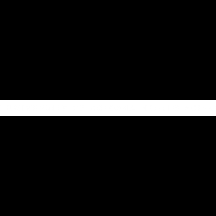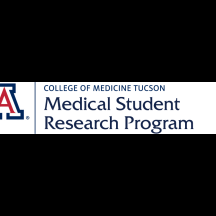Associate Professor, Pharmacology
Associate Professor, Neuroscience
Associate Professor, Optical Sciences
Associate Professor, Neuroscience
Associate Professor, Optical Sciences
Education:
- University of Arizona, 2001 (Ph.D.)
- University of Arizona, 1998 (M.S.)
- University of Kansas, 1995 (B.A.)
- University of Kansas, 1993 (B.A.)
Honors and Awards:
- University of Arizona, College of Medicine leadership course, Learning to Lead, 2020
- Nominated for Teacher of the Year by MUSC Graduate Student Body Association and the College of Graduate Studies, 2017-2018
- MUSC Recognized Research Innovator by achieving extramural research funding of more than $100,000 in Fiscal Year 15, 2016
Major Areas of Research Interest:
- Imaging/Optical: multiphoton microscopy, intracellular uncaging (flash photolysis)
- Electrophysiological/Biophysical: in vitro whole-cell patch (current/voltage) clamp, in vitro cell attached recordings (omega), in vivo & in vitro extracellular recordings, focal iontophoresis, pressure application, focal electrical stimulation
- Anatomy: ballistic labeling and dynamic imaging of dendritic spines with DiI/DiO
- Behavioral models of drug abuse and addiction: rat i.v. drug (cocaine and heroin) self-administration, cue/stress reinstatement, i.v. cannulations & survival surgeries, intracranial injections, neurochemical lesions, and locomotor assays.
- Accepted models of chronic, peripheral pain: formalin (as a model of tissue destruction), complete freund's adjuvant (CFA; as a model of inflammatory pain or rheumatoid arthritis), and spared nerve injury (SNI; model of neuropathic pain)
Selected Publications:
Buchta WC, Moutal A, Hines B, Garcia-Keller C, Smith ACW, Kalivas P, Khanna R, Riegel AC. Dynamic CRMP2 Regulation of CaV2.2 in the Prefrontal Cortex Contributes to the Reinstatement of Cocaine Seeking. Mol Neurobiol. 2019 PMID: 31359322
Mahler VM, Brodnik ZD, Cox BM, Buchta WC, Bentzley BS, Cope ZA, Lin EC, Riedy MD, Scofield MD, Messinger J, Riegel AC, Espana RA, Aston-Jones G. “Chemogenetic Manipulations of VTA Dopamine Neurons Reveal Multifaceted Roles in Cocaine Abuse. J Neurosci. 2019 Jan 16;39(3):503-518. PMCID: PMC6335749
Harlan B, Becker H, Woodward J, Riegel AC, “Opposing actions of CRF-R1 and CB1 receptors on VTA-GABAergic plasticity following chronic exposure to ethanol.” Neuropsychopharmacology, 2018, 43(10):2064-2074. PMCID: PMC6098046
Parrilla-Carrero J, Buchta WC, Goswamee P, Culver O, McKendrick G, Harlan B, Moutal A, Penrod R, Khanna R, Kalivas P, Riegel AC, “Restoration of Kv7 channel mediated inhibition reduces cued-reinstatement of cocaine seeking.” J. Neurosci. 2018 Apr 10. pii: 2767-17. PMCID: PMC5963852.
*Note: Productivity in 2017 was delayed by a significant flood that destroyed all the electrophysiology and computer equipment in my laboratory. Restoring the facility and rebuilding the laboratory required 7 months.
Buchta W, Mahler S, Harlan B, Aston-Jones G, and A Riegel, “Dopamine terminals from the ventral tegmental area gate intrinsic inhibition in the prefrontal cortex.” Physiological Reports, 2017. PMCID: PMC5371565
Buchta WC, Riegel AC, “Chronic cocaine disrupts mesocortical learning mechanisms.” Brain Res, 2015. 1628(Pt A):88-103. PMCID: PMC4739740.
NIH High School Student Research Program:
Sara Diaz, Braden River High School (Bradenton, FL), 2022
Tuesday, July 7, 2020

